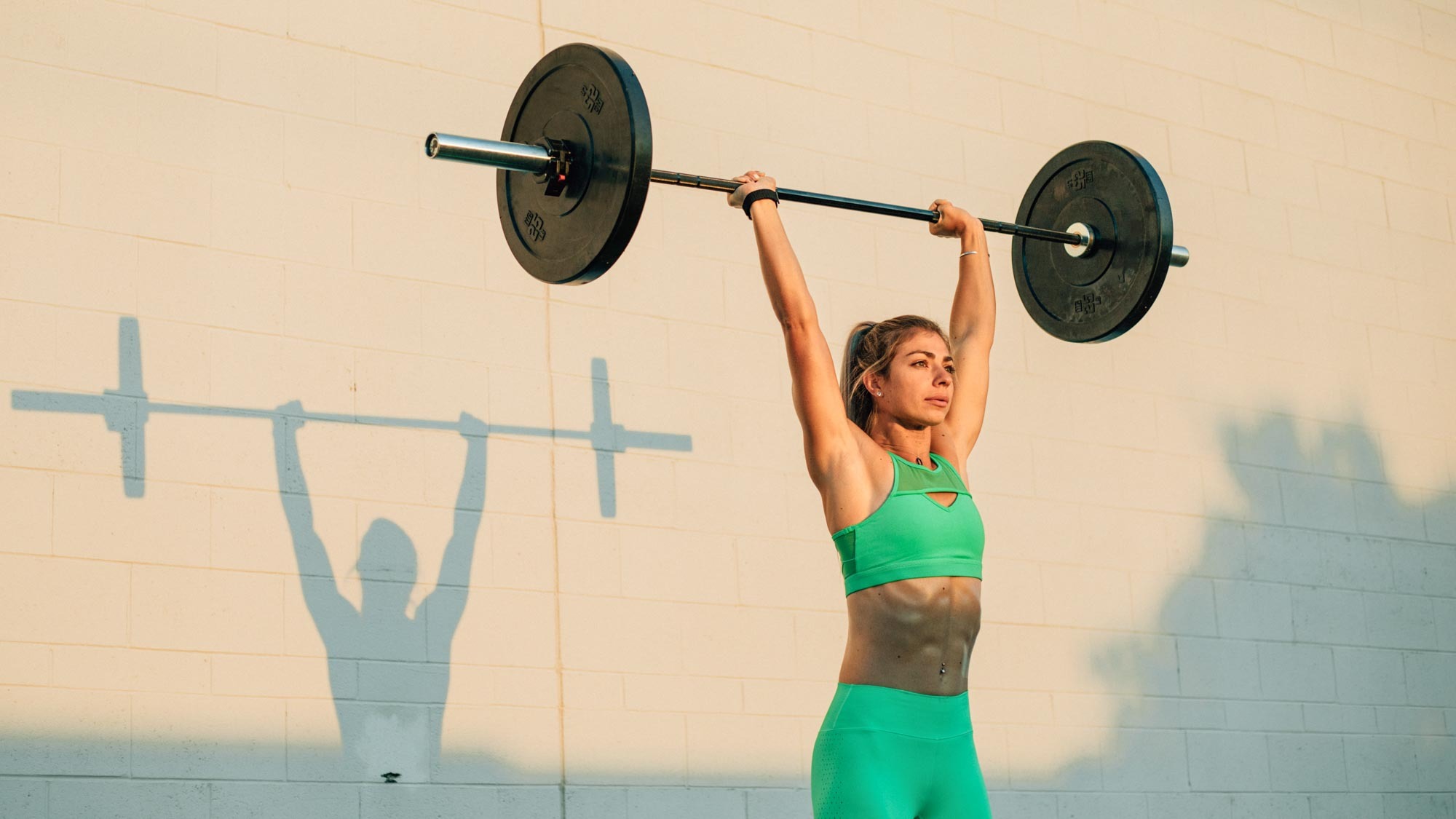
If you’re a barbell beginner, this is your beginner’s guide to barbells — a one-stop shop of basic knowledge worth knowing before you pick one up. Hopefully, the next time you hit the gym, you should feel equipped to use one (and know which to use) without feeling self-conscious.
But first, you might be wondering — what are barbells? These long bars allow you to slot weight plates on either side and pick them up using two hands to perform strength exercises, strengthening and building muscles from head to toe.
Below, I’ve tidied up all the knowledge I’ve been housing in my busy brain over the years and put it to the page, helping beginners find their feet when using barbells for the first time or giving a refresher to anyone who already uses them.
Benefits of barbells for beginners
There’s an argument for gym machines over free weights. But barbells can be used way more freely than machines and suit functional training, allowing weightlifters to maximally load for a range of compound exercises and upper-body isolation moves like biceps and triceps exercises.
For example, squats, bench presses, rows and deadlifts are staple “big 5" compound lifts you’d use a barbell for if you want to get stronger, build muscle, or both. For those working toward a one-rep max (the heaviest you can lift for one repetition of an exercise), barbells are the best way to do it, as you can keep adding plates to the bar as you get stronger and fitter.
Using barbells regularly could help you build muscle, top-end strength, balance, coordination and stability while developing your skillset across technical lifts like snatches, cleans and jerks, or deadlifts found in CrossFit and other powerlifting settings or competitions.
However, there are a few downsides to using barbells regularly. You might not have access to one if you use a home gym, and you’ll need some space if you choose to add them to your strength programs, but I’ll cover more below.
3 things I wish I had known as a barbell beginner
1. Learn the terminology
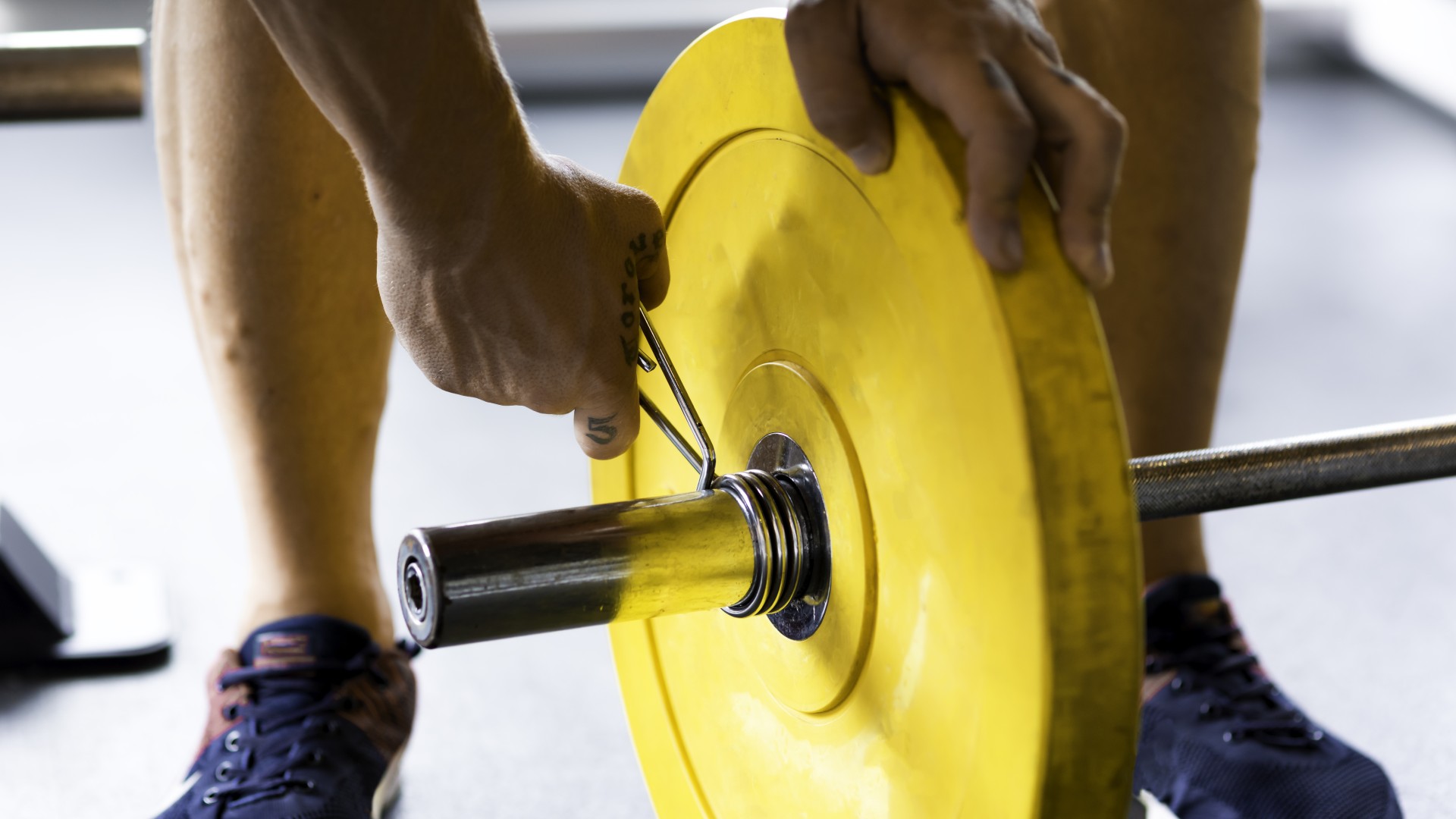
Any CrossFit beginner will tell you there's always strange lingo to pick up in class — the same applies to barbell training. Let’s start with the barbell itself. There are many types of barbells, but it’s also worth knowing the main components.
The barbell shaft runs the length of the barbell — it’s the part you hold. On either side of the shaft, you have sleeves where you slide your plates. Then, you have collars that secure your plates. You might notice your gym has thick plastic collars or thinner metal ones, which might affect how much you can load (less if they’re thick or more if they’re thin).
Then there’s knurls. Have a peek down at your bar, and you’ll notice crosshatching marks across the shaft forming different patterns. Typically, this will help you identify set-up grip positions for different lifts and help you hold the bar. If you plan to load the weight to the shoulders or neck, you probably won’t want center knurling as it can cause rubbing. When holding the bar centrally for moves like sumo deadlifts, it's helpful.
Using barbells regularly could help you build muscle, top-end strength, balance, coordination and stability.
The more aggressive the knurling, the better your grip, and the more you can chalk it up and stick to the bar, but it can hurt the hands. Olympic bars have less aggressive knurling because of the complexity of some lifts and the increased potential to tear up your hands. I prefer the aggressive type as I have small hands and struggle with grip strength. Don’t worry too much about this until you move onto technical lifts further down the line.
It’s also worth familiarizing yourself with terms like “whip” and “spin,” which will help you understand movement patterns better. On Olympic bars, the sleeves rotate, allowing the weights to roll, which can help you lift heavier, move easier during explosive movements like cleans, and protect your joints — this is what we mean by spin. Your weightlifting should feel smoother, especially the transitions.
Then, there’s whip, which refers to the bend or flexibility in the bar under load. Barbells range from stiff to moderate or higher whip — the higher the whip, the more bend. If you enjoy dynamic lifting or are a seasoned powerlifter, you might opt for this as you’ll get more give than rigid powerlifting bars. I’ve spoken with lifters who use the bend for momentum, especially during transitions from pulling the bar upward to lifting from the chest. Besides, you'll know pretty quickly if your bar isn't whippy!
2. Learn the types
There are many types of barbells, which is for another time. Right now, I’ll cover some of the main ones you’ll encounter in the gym and how to choose. Brands differ, so always check the barbell if you’re unsure.
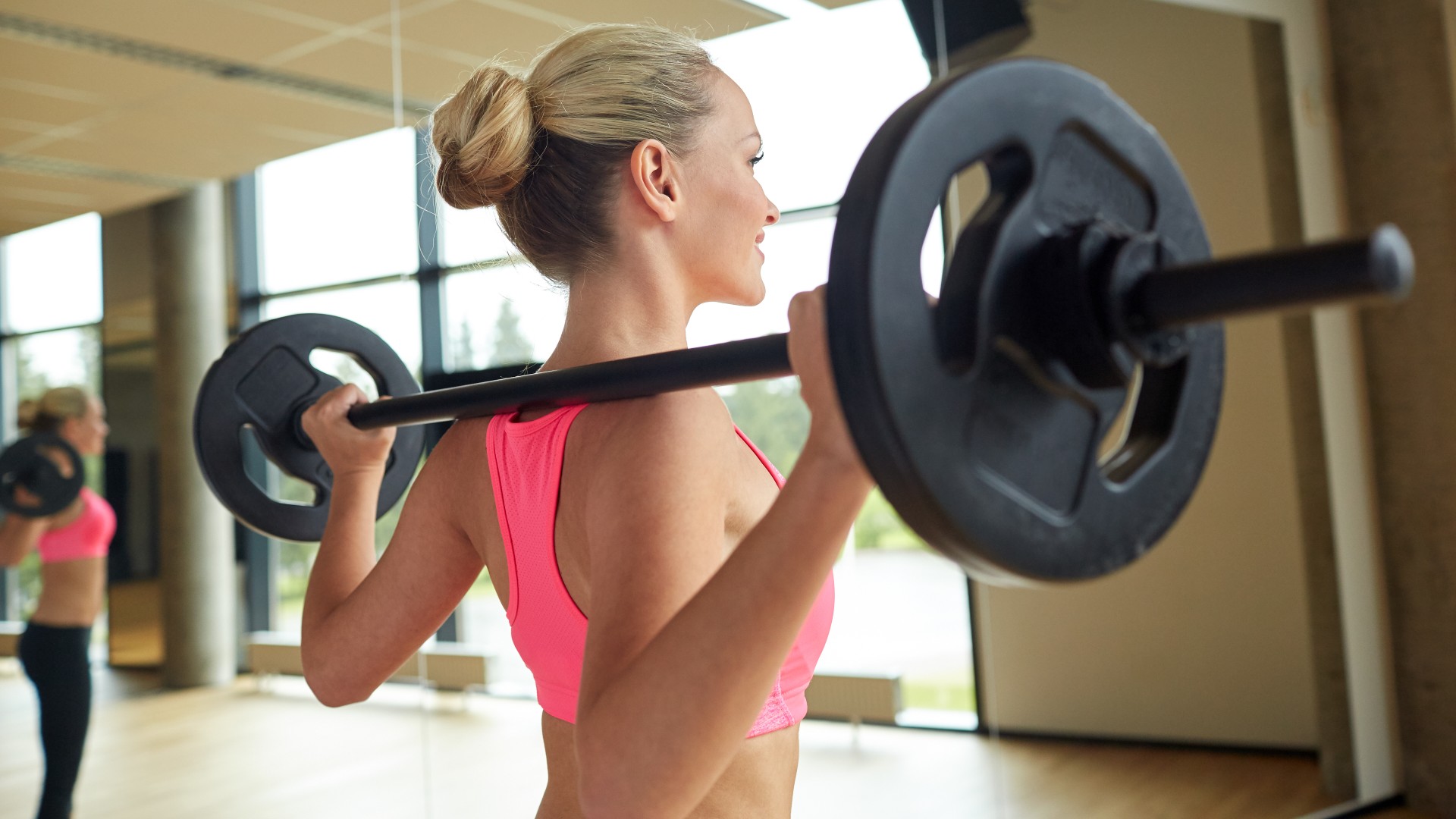
First, let’s cover specs like weight, diameter, and length. The shaft and sleeve diameter and barbell length can determine the grip, load and plates you can use. Barbells are often labeled in kilos, which requires conversion if you use pounds.
The shaft diameter typically ranges from 25-32mm, and the thicker the bar, the more it will test your grip strength. Depending on your hand size, one will feel more comfortable than the other.
As a general rule of thumb, the women’s standard is a 15kg (33lb) bar at 25mm diameter, and the men’s 20kg (44lb) bar and top-end diameter, but some brands offer a 10kg bar, and you'll find variations in diameter between. The sleeve diameter on a standard barbell is typically 1", and 2" for Olympic bars, which suit bumper plates. Axle bars used for Strongman training tend to be fatter the whole length of the bar without knurling, seriously testing your grip.
Choosing plates will determine how much you can load the bar — you’ll notice thinner plates used in competition because athletes are loading heavy weights and need to stack more on the bar. Although you’ll learn to lift heavy in disciplines like CrossFit and Olympic weightlifting, the complexity of some lifts means you can use thicker bumper plates and less of them.
Your bar length will reach between 4-7ft, depending on weight, type and brand. Some brands will offer female barbells with shorter sleeves and a thinner bar to specifically tailor to the difference in women’s physiology.
- Standard bars
It’s the best place to start if you’re totally new to barbells. They offer 1" diameter sleeves, which can make choosing plates harder and hold much less weight than Olympic bars. They’re often shorter and lighter but suit a range of weightlifting exercises and will help you develop your technique. It’s worth noting the sleeves don’t spin, and if you upgrade to an Olympic bar, your plates will need updating, too.
- Olympic bars
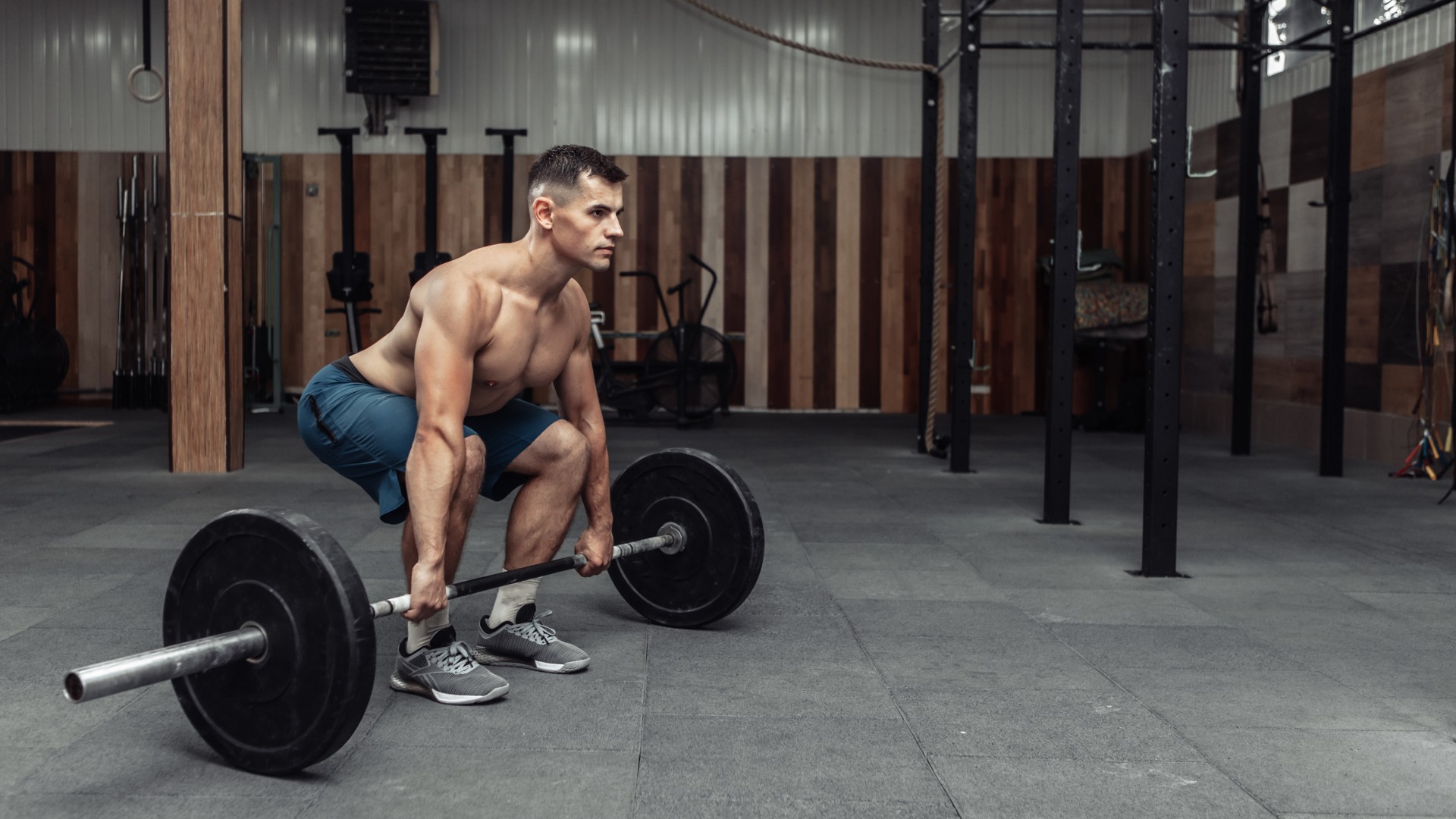
These are the most common bars in gyms and best suit Olympic weightlifting exercises like the overhead squat, clean, or push jerk. They’re way better quality than standard bars with a 2" sleeve diameter and can hold more weight than their 1" sleeve standard counterparts.
These bars could range between 10kg to 20kg without plates, which also determines their size. Standing at 5”2, I can’t stand using a 20kg bar and find them cumbersome, always opting for a 15kg Olympic bar during CrossFit workouts.
- Power bars
These bars are more rigid with minimal whip and better suit the maximal, traditional “big 5” type lifts like the bench press or deadlift. You can expect more aggressive knurling and less give on the bar, meaning they suit slow and heavy lifts. Typically, they won’t require the sleeves to spin, so are more likely to be the bushing variety rather than bearing (I'll get on to that shortly). If you tend to mix up your training, hybrid bars mix the qualities of power and Olympic bars, taking bits of both to suit each style of training.
- Fixed barbells
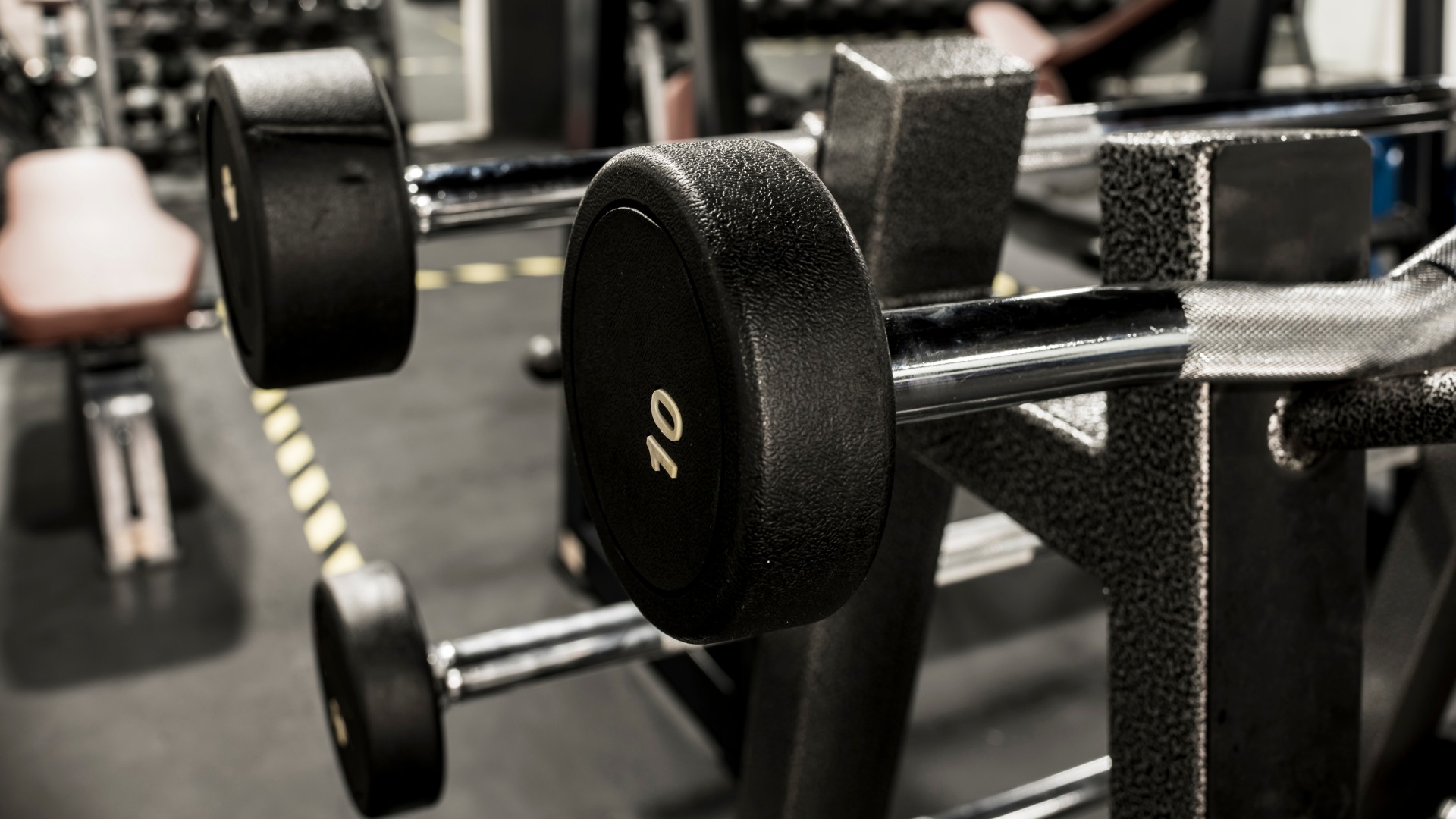
As the name suggests, fixed bars are smaller, with weights molded to the bar and the weight number tattooed on the side. They’re convenient but limiting, and like fixed dumbbells, you’d need space for multiple bars, as you can’t adjust them.
You’ll clock them in smart gyms and studios, but if you’ve ever tried to clean and front rack a fixed barbell, you’ll notice how much more uncomfortable it is without any spin. I typically use these for upper body exercises in small spaces when I’m limited on equipment.
- Axle bars
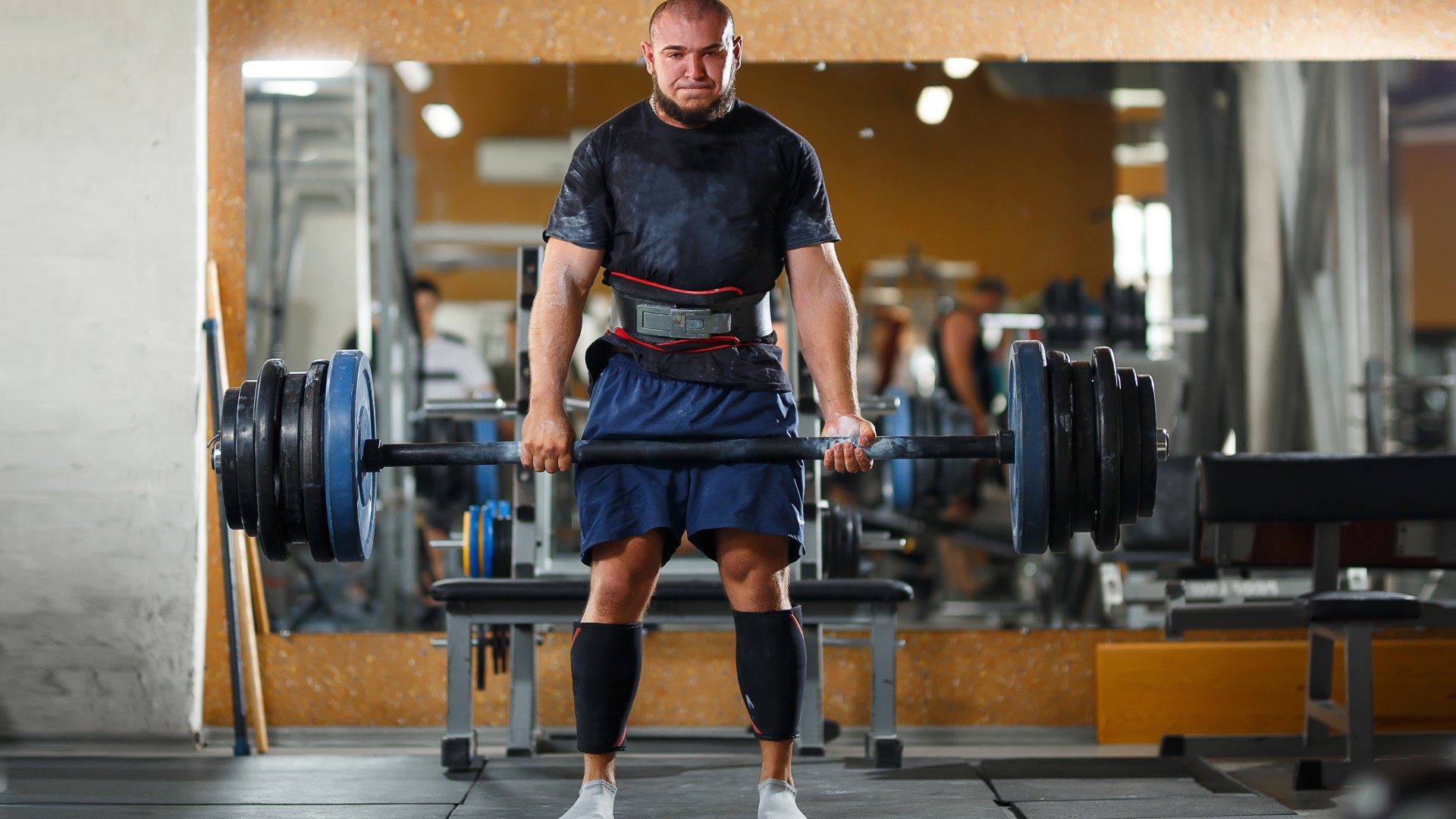
Known as “fat bars,” axle bars are typically reserved for Strongman-style workouts with a much wider diameter and no knurling on the bar, meaning your grip strength is about to get seriously tested alongside your forearms. They suit 2" plates, and different sizes and weights are available.
- Trap bars
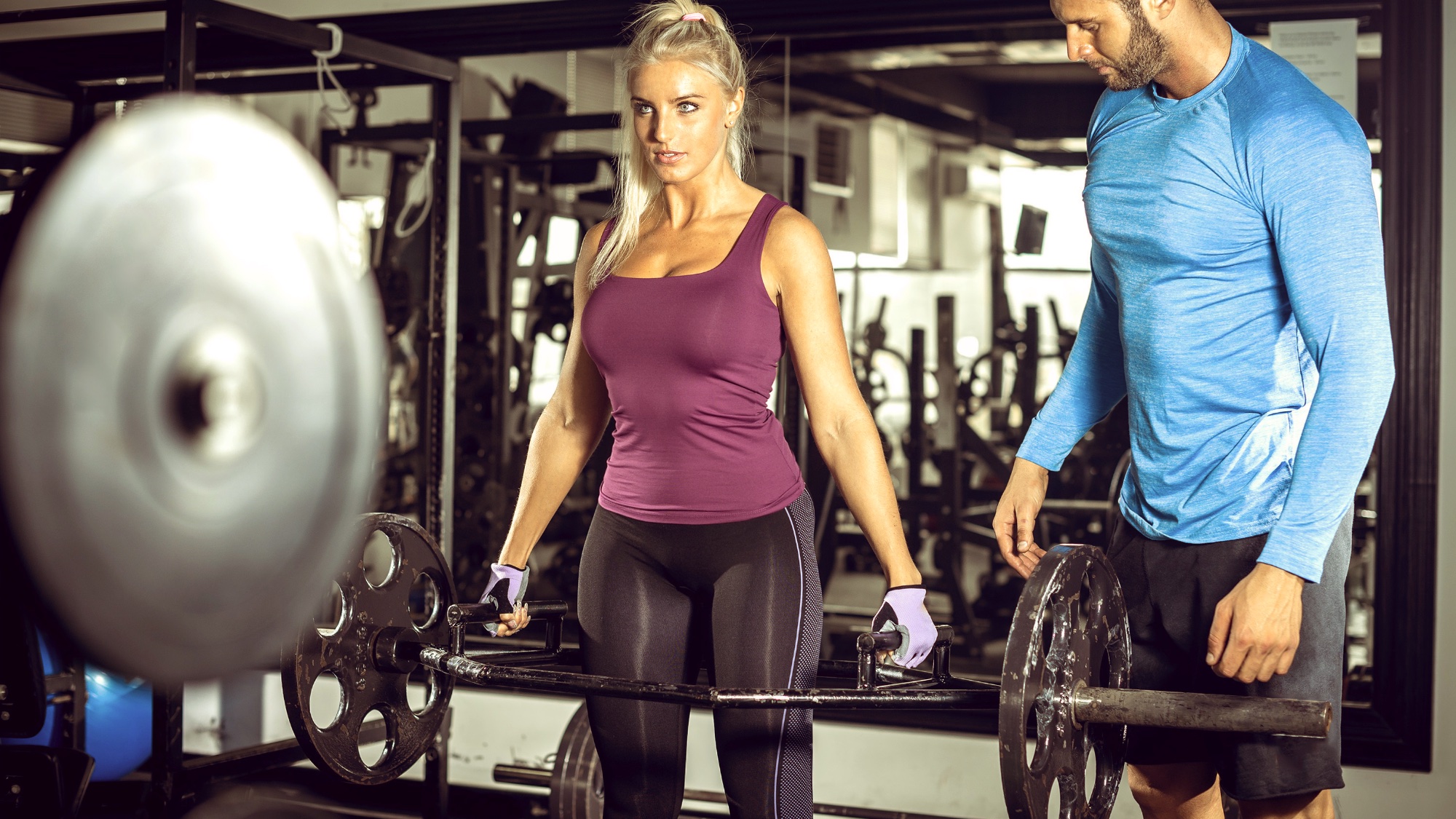
Also known as a hex bar, these allow you to stand within it and position the arms on either side of the body rather than in front of the bar; this centers the weights and vertically loads the body, taking strain off the back. The weight of the bar starts at around 15kg or 35lbs. These bars are popular if you enjoy exercises like trap bar deadlifts or shrugs, and learning how to use a trap bar could help you master a variety of exercises with better stability.
If you’ve opted for Olympic over standard bars, let’s jump into bushing versus bearing barbells. This refers to how the barbells are made and determines the spin. Olympic lifting, CrossFit, or functional workouts suit bearing barbells for explosive lifts, including ones where you'll move quickly from the floor to the chest or overhead because of their faster spin.
Bushing barbells offer slower spin, less rotation and more stability. They are better suited for heavy and slow "big compound lifts" like deadlifts and bench presses where you're shifting lots of weight without the fast-paced explosive nature of complex lifts. If you’ve ever performed a bench press and noticed some wobbling, instability, or a lot of bar rotation, chances are you’ve picked up a bearing barbell instead.
3. Learn when to use them
Decide whether you should use a set of the best kettlebells, dumbbells or barbells during your programs and tailor them to suit your needs.
Probably the biggest downside to barbells is that you can develop muscular imbalances or weaker areas in the body. Unlike lifting dumbbells or kettlebells, where both sides of the body must work equally hard to support the weight, your stronger or more dominant muscles can take over during barbell exercises, exacerbating existing issues or creating them over time.
If you plan to use barbells, consider incorporating other free weights like dumbbells or kettlebells into your routine for versatility and to help iron out potential imbalances, build stability and improve mobility.
You might also struggle using barbells with limited mobility or range of motion, especially in overhead positions where you’ll need plenty of core and shoulder stability to steady the bar. Areas of tightness will reduce your range of motion and cause instability during barbell exercises. But barbells themselves are more limiting for mobility than dumbbells or kettlebells., which actually increase your range around your joints and develop mobility during strength exercises.
Bottom line
Unlike free weights, barbells are more suited to bodybuilding and powerlifting, allowing you to maximally load and develop a technical skillset. Choosing the right barbell for you might take some time, so use these tips as guidelines only, and once you find something that works for you, go with it.







